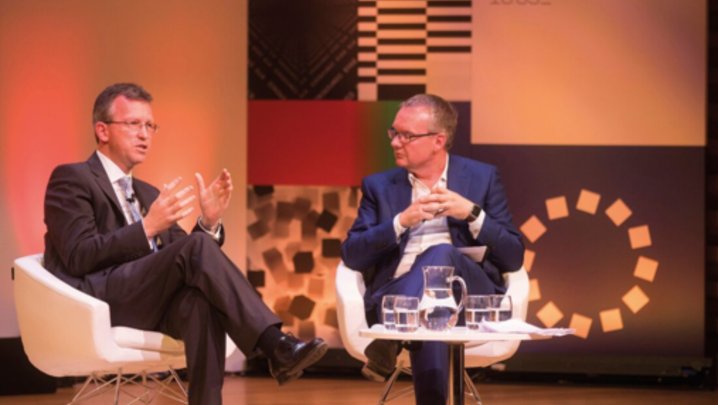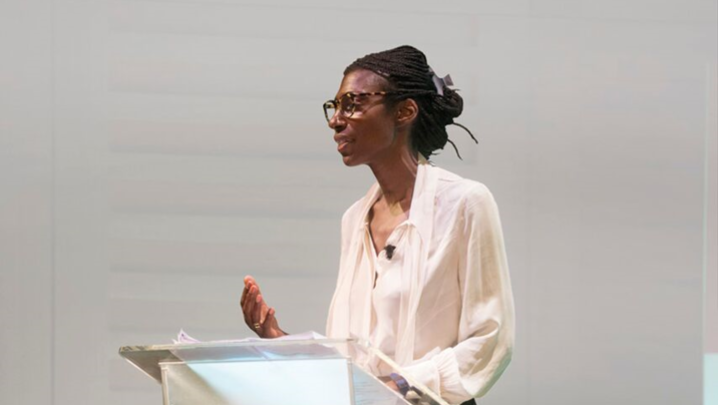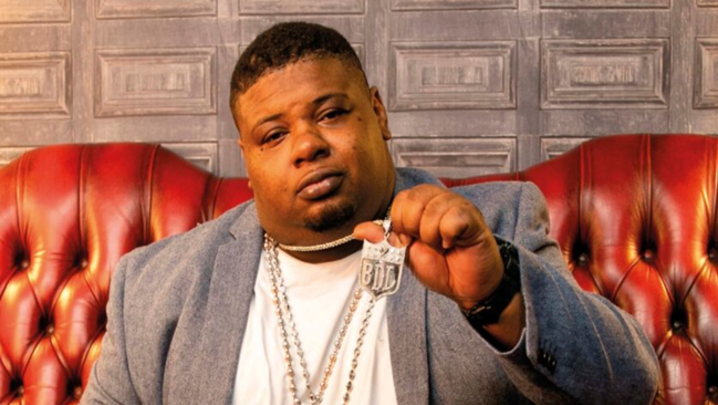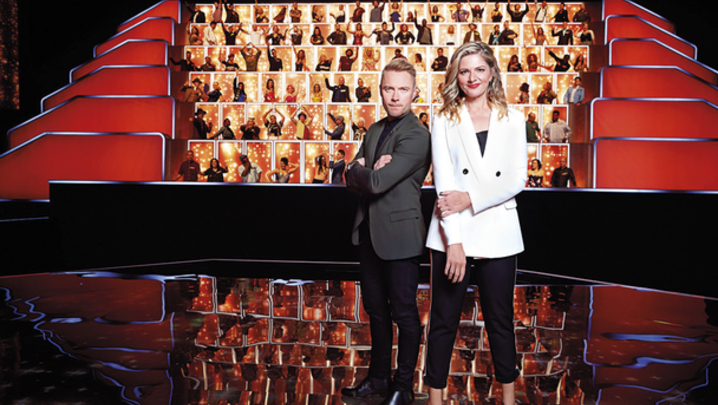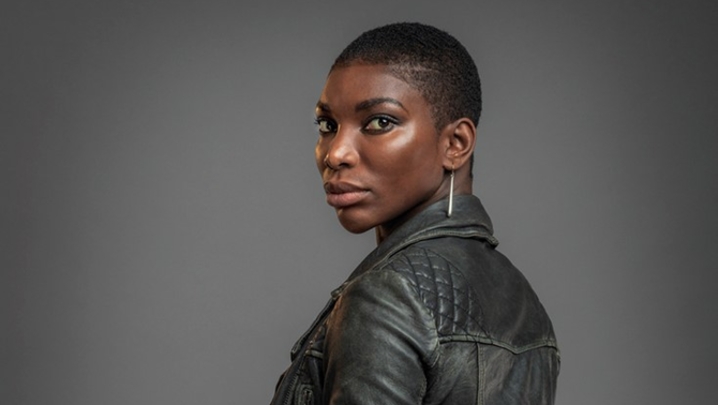Kate Bulkley attends IBC and finds that media companies need to embrace AI and be nimble if they are to compete effectively
These days, bigger is considered to be better by most executives in the media industry but, even as consolidations such as Comcast/Sky continue apace, some nuance is creeping into the thinking about size.
This year’s IBC technology exhibition and conference in Amsterdam was a case in point. The cognoscenti, both on stage and in the exhibition halls, were talking about achieving the clout they needed. And not just by getting bigger, but through partnerships, collaborations and using smarter technologies, such as artificial intelligence (AI) and the distributed digital record-keeping systems known as blockchains.
Traditional media companies realise that working alongside the big tech players takes more than simply being big.
“Scale isn’t a sufficient or necessary requirement for success,” said Keith Underwood, COO of Channel 4, in his opening keynote. “David didn’t beat Goliath by piling on the pounds. The victory came by being agile, nimble and deploying smart technology.”
Traditional broadcasters and producers commonly sign co-production deals with the giant newcomers Amazon and Netflix. And other sources of money are being tapped by companies such as BBC Studios, allowing it to commission at the fast pace set by the Faangs.
Tim Davie, CEO of BBC Studios, told IBC that “creative deal-making at speed” is the only way to ensure that the BBC owns the “cut-through content” necessary to compete for UK audiences, and globally in distribution.
“The days when broadcasters held all the power and you could make someone dance in the corner for two years waiting for a project to be greenlit,” were over, he said.
BBC Studios commissioned Philip Pullman’s His Dark Materials, backed by investment fund Anton Capital Entertainment. Having the cash up front allowed the BBC to start production on the big-budget series before securing a distribution deal with HBO.
“If you don’t have financial muscle in the areas you want to win in, there’s a problem,” said Davie. “This is a spread-betting business.”
Meanwhile, services such as Netflix and YouTube are accelerating their moves on to the home TV screen. YouTube says that TV is its “fastest growing screen”, largely because YouTube is now available on 500 million certified devices globally, including smart TVs, games consoles and set-top boxes.
And YouTube’s phenomenal growth as a video consumption platform is no longer confined to advertiser-funded content. Taking a leaf out of Netflix’s playbook, YouTube now offers a subscription VoD service called YouTube Premium, which recently launched in 21 countries outside of the US, including the UK.
Netflix’s vice-president of business development for Europe, the Middle East and Asia, Maria Ferreras, told a packed crowd at IBC that making Netflix “available for everyone” was about ensuring easy access.
“The television is very important in creating these partnerships,” she said.
The challenge to traditional TV business models is nowhere more apparent than in the advertising space.
This year, for the first time ever, digital spend will overtake TV ad spend globally. “In 2018, the ad spend will be 38% for digital and 37% for TV,” said Lindsay Pattison, chief transformation officer of marketing and services group WPP.
The remaining 25% is split among print, outdoor, radio and so on.
Commercial broadcasters and media companies must reimagine their business models now that online companies can personalise content for audiences, argued Pattison. She warned that content creators needed to be “wary of what Facebook Watch can do”. There is a huge buzz around the first Facebook global TV drama series, Sorry for Your Loss.
The migration of TV advertising spend to digital and, especially, to mobile, is clearest among younger audiences, noted Maria Garrido, chief insights and analytics officer at global advertising agency Havas.
“More innovation is required to grab the attention of Millennials, Generation Z and Tweens,” she said.
Kelly Day, President of 10-month-old Viacom Digital Studios, suggested that part of the answer was to create new forms of content for younger audiences. VDS has revived the iconic MTV brand Cribs for the Snapchat generation, with three-minute episodes. The reinvented series has been seen by tens of millions of people.
The company has also created a new series based on secondary characters from the 20-year-old SpongeBob SquarePants franchise. Called Bikini Bottom Mysteries, it is distributed on Facebook, where it taps into the nostalgia that many Millennials have for the show.
“Distributing across the social landscape on channels such as Facebook is such a huge opportunity, it’s worth the revenue-share component. If you do the maths, it works out in your favour,” said Day.
YouTube’s move to the living-room TV screen is being driven by significant investments in how consumers search for and discover content.
“As the technology evolves, the potential is truly endless.”
Said Neal Mohan, YouTube’s chief product officer. “Imagine turning on your TV in the morning for the local news and then coming home to get recommendations for a cooking show right before dinner.”
Elsewhere at IBC, Google’s Android TV was talking up its “operator tier” version. This allows pay-TV companies to adopt the “broadcast-to-IP” platform, but retain more control over search, data and user interfaces than with the standard Google TV platform.
Alongside the tug of war over who controls the user interface and the customer relationship, another trend evident at IBC was the continued growth of online video.
From Disney, NBCUniversal and Eurosport to start-ups such as Walter Presents and iflix in Asia, all want to launch their own over-the-top apps.
As consumer demand for this kind of content rises, so does the bandwidth required. This, in turn, creates opportunities for revamped satellite delivery technologies.
“We know that the trend is towards 4K Ultra-HDTV. There will be another number next year, so… the requirement is for more bandwidth,” said Gerry O’Sullivan, Eutelsat’s executive vice-president for global TV and video.
In this scenario, the reliability and fixed costs of known networks such as satellite are going to play an increasingly important role.
Meanwhile, smarter technologies are helping to uncover new ways of tracking and monetising content, so IBC delegates heard a lot about blockchain technology and AI.
Blockchain can build an immutable, transparent and immediate global system for tracking transactions, including the tokenisation of media payments, where a user’s bank details are not exposed online.
Although it is in its infancy, blockchain has the potential to give rights holders and consumers more accurate and up-to-date information about what they are buying. The technology could also be useful in battling fake news by verifying the provenance of content.
AI machine learning has many applications in media but one of the most exciting was outlined at IBC by Yves Bergquist. He is director of the data and analytics project at the Entertainment Technology Center think tank at the University of Southern California. The ETC is funded mainly by Hollywood studios.
Bergquist’s team has developed an AI-based analytical platform called Corto. It is able to assess which narrative attributes of a piece of content do better with specific audiences.
“Systems media, rather than siloed media, is going to revolutionise the industry,” claimed Bergquist.
Leveraging smart technology is no longer optional in the fast-changing media business, but a must-have. This is especially true given the moves by the tech giants.
It was a pretty potent takeaway from IBC 2018.


